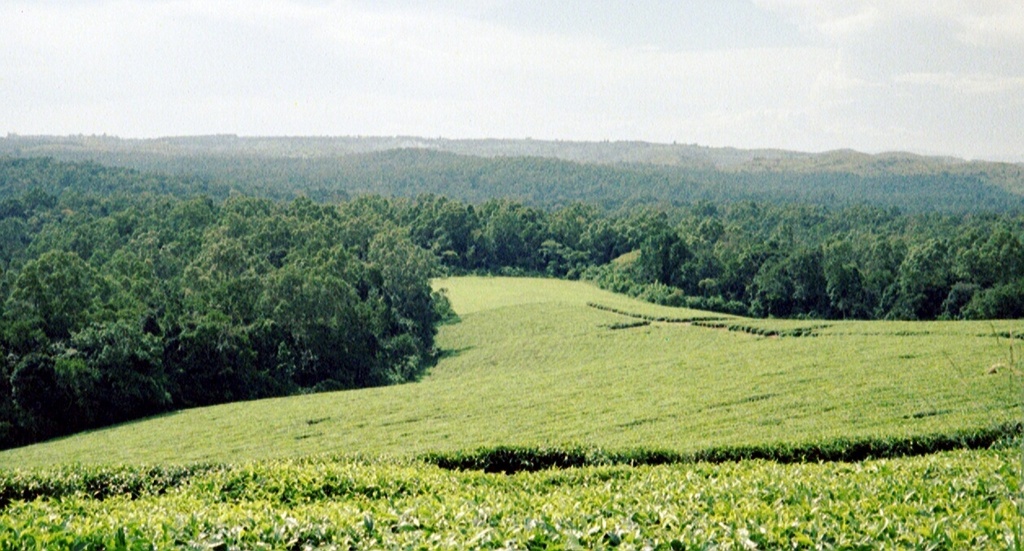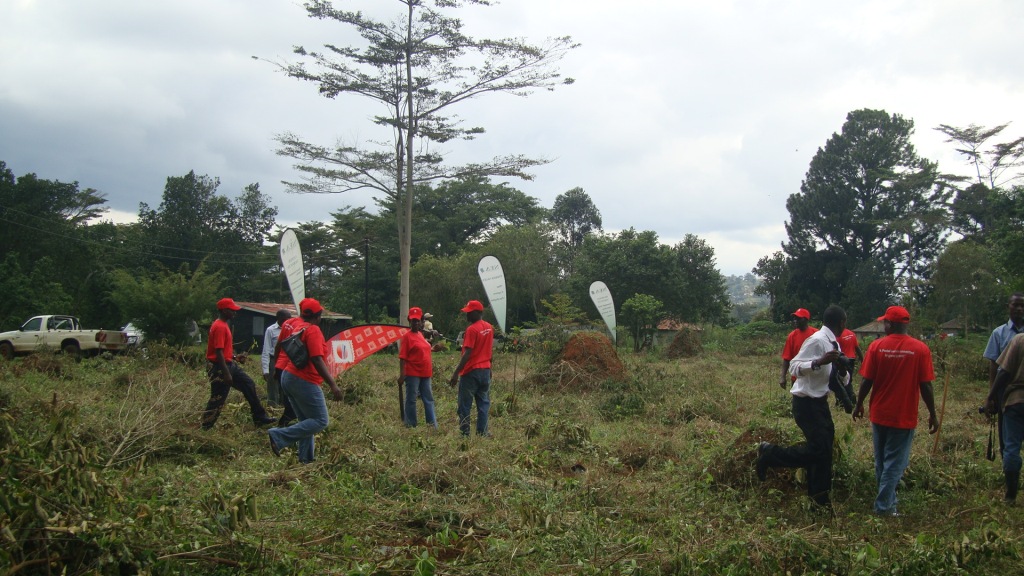- Home
- About us
- Our Mandate
- ED's Welcome Message
- Our Profile
- Board & Management
- Organisational Structure
- Resources
- Products & Services
- Publications
- Opportunities
- FAQs
- Contact Us
- Public Notice
Gallery Upload
- National Foresty Authority
Origin of the National Forestry Authority
Government of Uganda, in 1998 adopted a policy to restructure many government departments including the Forestry Department. It recognized an urgent need for a change in the policy, legal framework and institutions controlling forestry in the country. There was a sense of crisis about the state of the country's forests and a particular outcry at the state of the forest reserves, in the hands of the Forestry Department. The sensitization Forestry Department was no longer appropriate for the task and therefore a need for it to be divested. It was decided that a new institutional arrangement was needed hence the Forestry Inspection Division, the National Forestry Authority and the District Forestry Services were set up.
Government of Uganda worked with DFID, Norway, GTZ, UNDP, FAO and the EU towards this institutional change since 1999. Having made the decision to close the Forestry Department, the Ministry pushed for a quick development and transition to, an NFA. So, the NFA became in 2003 under section 52 of The National Forestry and Tree Planting Act and was launched on the 26th April 2004.
Establishment of the National Forestry Authority was preceded by the development of the new Forestry Policy (2001) and the National Forest Plan (2002). These were to provide for a framework for distribution of roles and responsibilities amongst sector stakeholders and not just the Forestry Department.
NFA has a mandate of managing 506 Central Forest Reserves (CFR’s) totaling to 1,265,741 ha of the land cover, with objectives of improving management of the CFRs, expanding partnership arrangements, supplying forest and non-forest products and services and ensuring organizational stability.
Welcome to our website. The National Forestry Authority (NFA) assumed management of Uganda’s 506 Central Forest Reserves (CFRs) in 2004 following the enactment of the National Forestry and Tree Planting Act of 2003/8. NFA's mandate is to sustainably manage and develop the country's central forest reserves while providing quality forestry products and services to support Uganda's socio-economic development.
Over the years, NFA has implemented various strategies to fulfill this mandate. Among the most impactful are Corporate Partnerships and Collaborative Forest Management, which focus on ensuring the sustainable management of Uganda’s Central Forest Reserves. We have embraced corporate partnerships in tree planting to restore degraded forest reserves and have also established community partnerships for the conservation and protection of forests, contributing significantly to the sustainable management and restoration of CFRs.
We extend our heartfelt appreciation to all corporate entities and communities that have supported NFA in the management and conservation of Central Forest Reserves. Through corporate tree planting partnerships, we have successfully restored degraded forest cover in several reserves, showcasing the public's willingness to collaborate with NFA in managing these critical resources.
Additionally, the Community Tree Planting Program, launched in 2009, has been instrumental in encouraging tree planting in communities across the country. Supported by the Government of Uganda, NFA raises seedlings under this program and distributes them to community-based groups, local leaders, cultural institutions, individuals, and public institutions like hospitals and schools. This has led to the planting of numerous trees nationwide.
I would also like to express my gratitude to all stakeholders who have championed forestry and environmental issues. Their efforts have greatly increased public interest, fostering a sense of responsibility and passion for the forestry sector. As we continue working to improve the management of Central Forest Reserves, I invite further public and corporate partnerships to help mitigate the negative effects of unsustainable forest resource use for the common good.
Stuart Maniraguha
Ag. Executive Director
National Forestry Authority
National Forestry Authority
Head Offices
Plot 10/20, Spring Road,P.O. Box 70863, Kampala - Uganda
Telephone Contacts:
+256-312-264035/6
+256-312-230400
Fax :+256-414-230369
Email:This email address is being protected from spambots. You need JavaScript enabled to view it.
OUR LOCATION
Origin of the National Forestry Authority
In 1998, the Government of Uganda adopted a policy to restructure several government departments, including the Forestry Department. It recognized the urgent need for changes in the policy, legal framework, and institutions governing forestry in the country. There was widespread concern about the state of the country's forests, particularly the forest reserves managed by the Forestry Department. The department was deemed inadequate for the task, necessitating its divestiture. Consequently, new institutional arrangements were created, leading to the establishment of the Forestry Inspection Division, the National Forestry Authority (NFA), and the District Forestry Services.
Since 1999, the Government of Uganda collaborated with international partners, including DFID, Norway, GTZ, UNDP, FAO, and the EU, to facilitate this institutional transformation. Following the decision to close the Forestry Department, the Ministry accelerated the development and transition to the NFA. In 2003, the NFA was established under Section 52 of the National Forestry and Tree Planting Act and was officially launched on April 26, 2004.
The creation of the NFA was preceded by the development of the Forestry Policy (2001) and the National Forest Plan (2002). These provided a framework for distributing roles and responsibilities among stakeholders, rather than limiting them to the Forestry Department alone.
INSTITUTIONAL STRUCTURE AND HUMAN RESOURCES
The National Forestry Authority has developed an organizational structure that divides responsibilities among employees, ensuring coordination of activities to achieve its business goals. The NFA reports to the government through the Minister responsible for forestry and is overseen by a Board of Directors. The structure is designed to ensure:
- The economic and efficient use of resources, including forest reserves, finances, personnel, and physical and biological assets.
- Accountability for tasks performed by divisions, coordination units, ranges, sectors, beats, and individuals.
- Coordination across different parts of the organization to ensure they work toward common objectives.
The NFA's organizational structure comprises of close to 350 employees deployed both at headquarters and in the field. A comprehensive human resources manual and administrative policies have been developed to ensure that NFA staff are a well-motivated team. Employees are well-compensated and receive incentives based on excellent performance.
More Articles ...
ABOUT NFA
NFA is mandated to; “Manage Central Forest Reserves on a sustainable basis and to supply high quality forestry-related products and services to government, local communities and the private sector".
OUR SERVICES
VISITOR COUNTER
Design: Javanet Systems


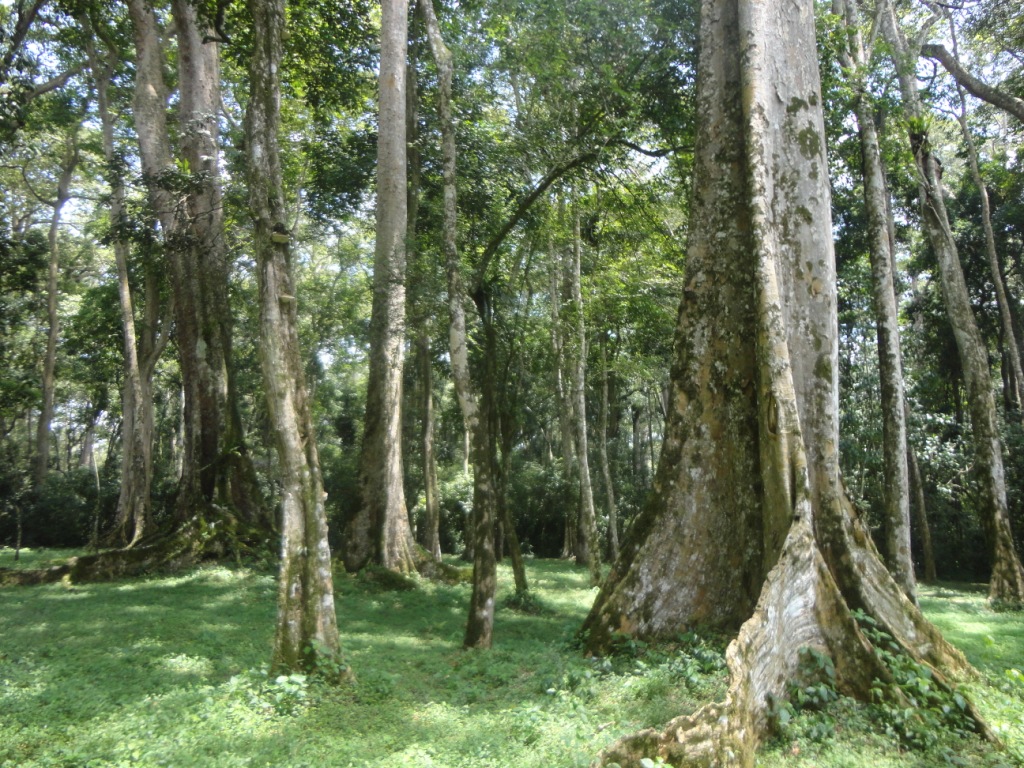









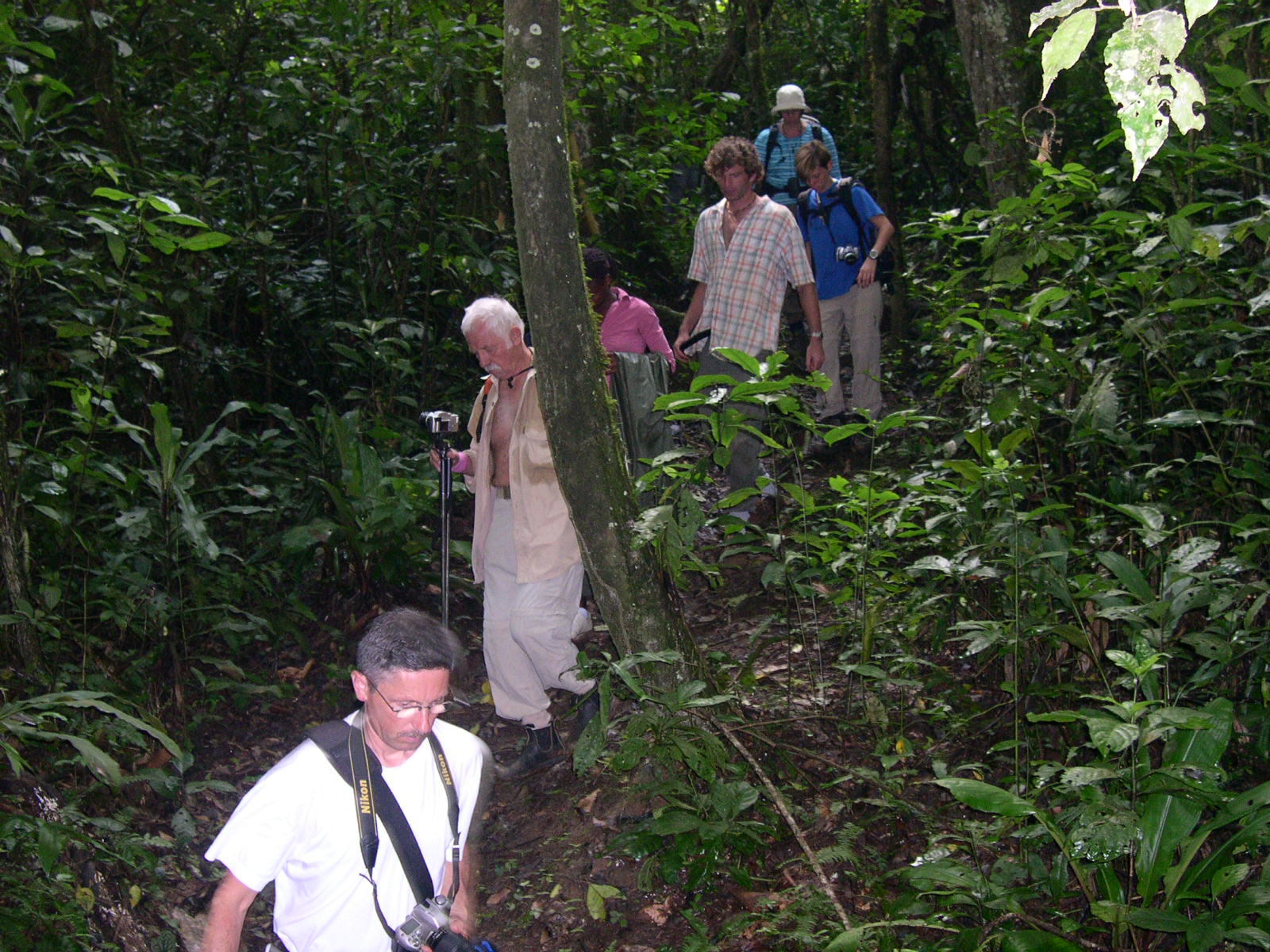





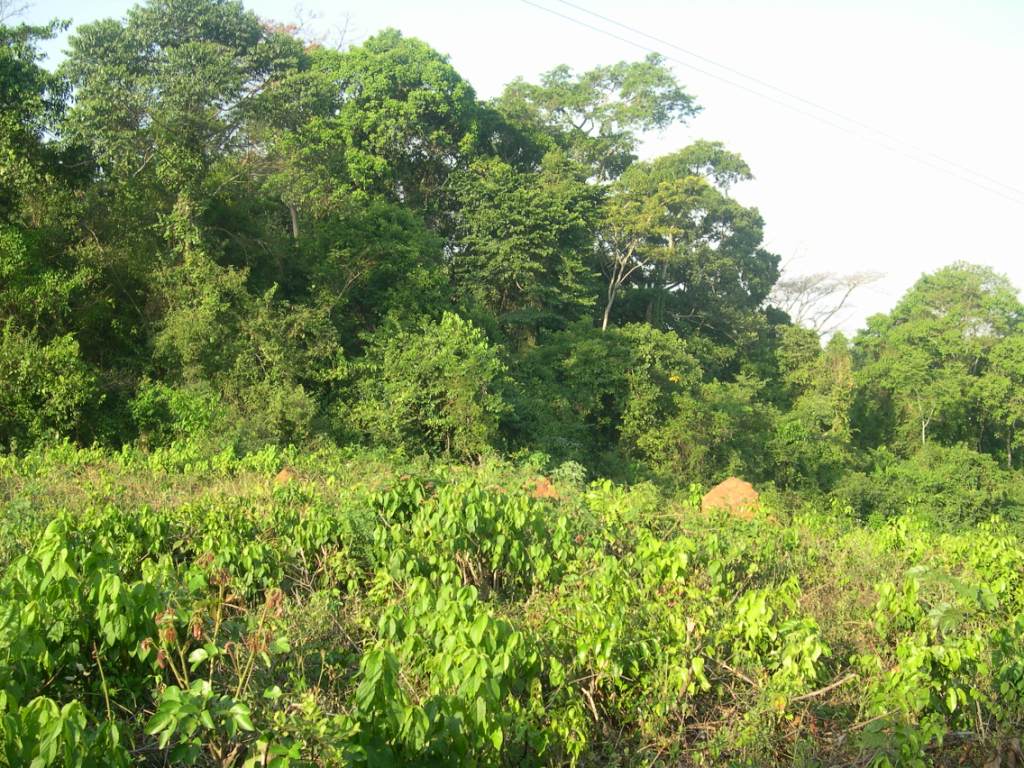
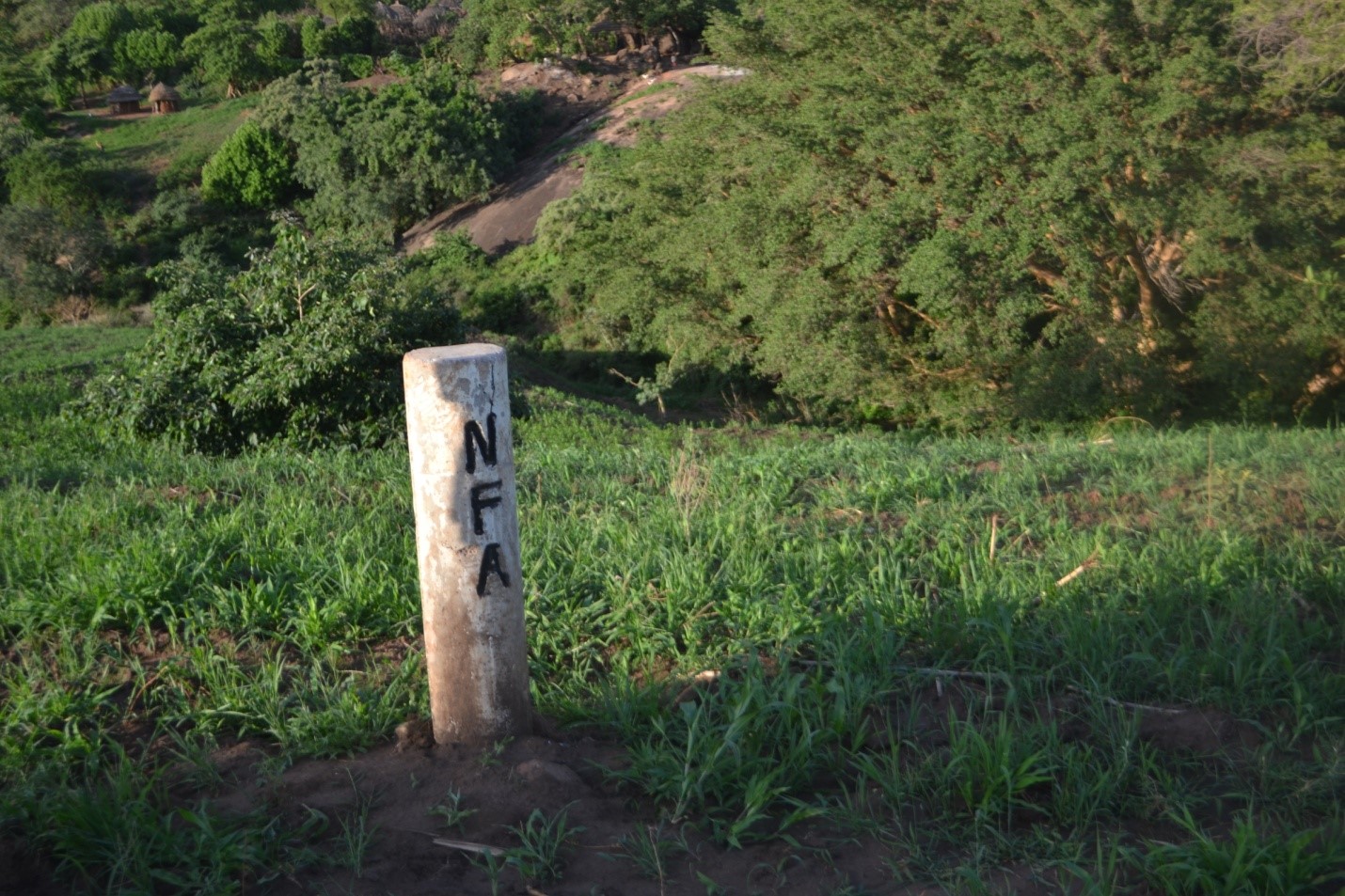

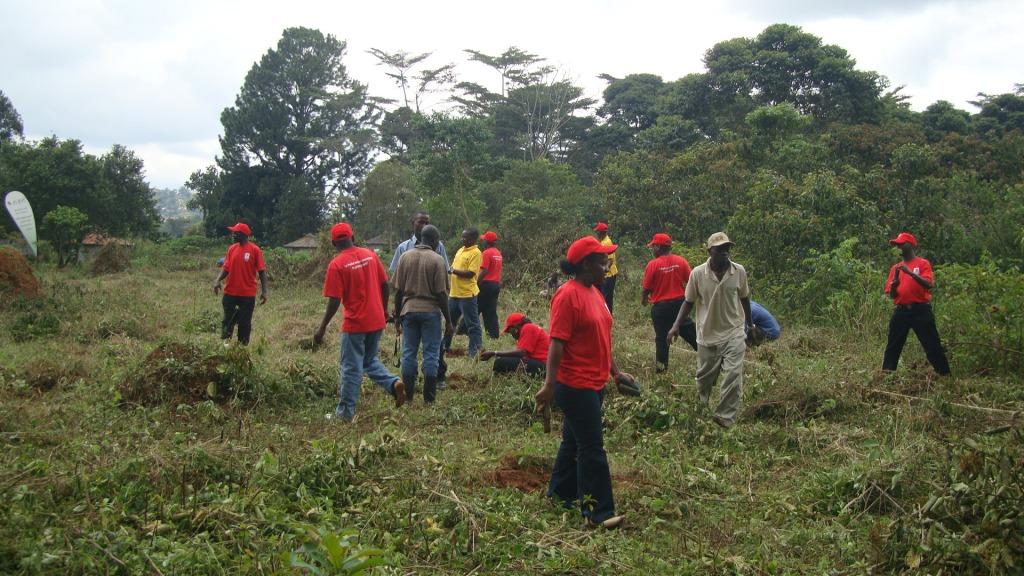
.JPG)
